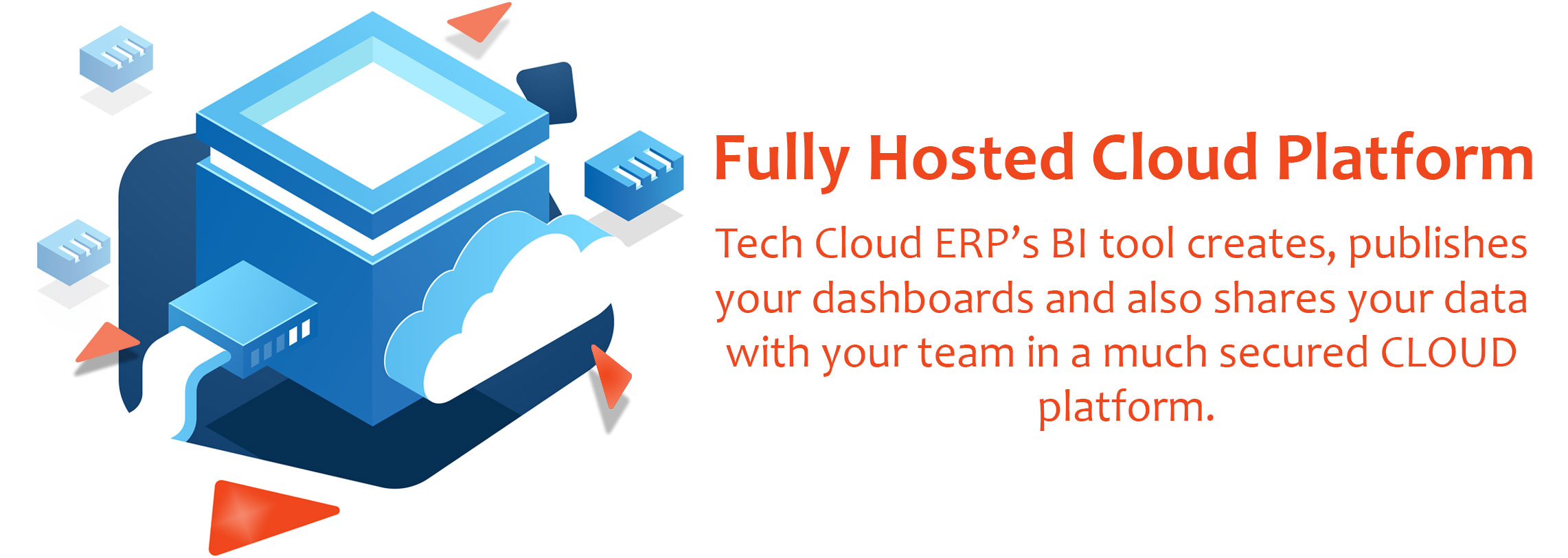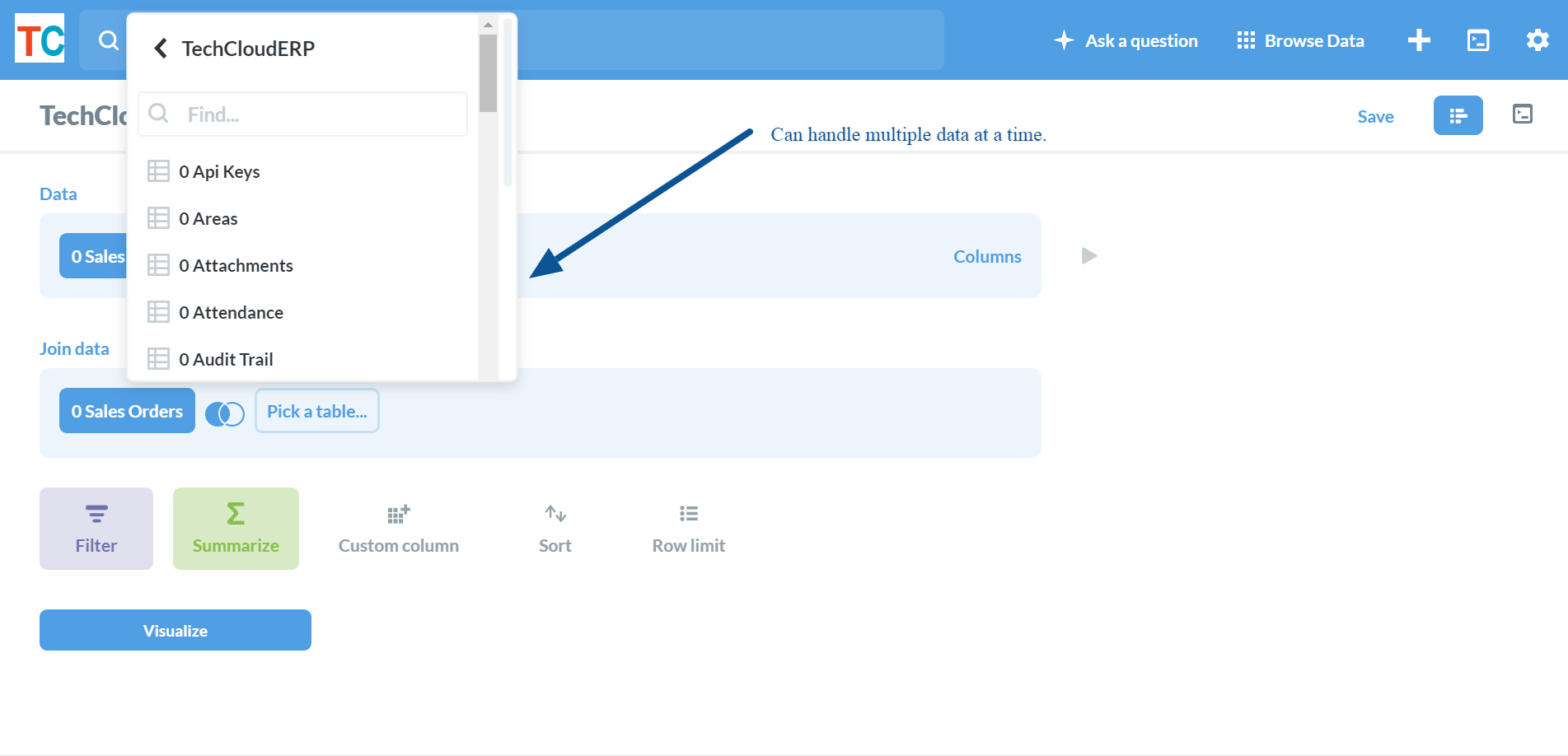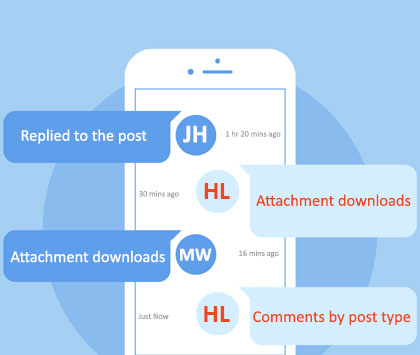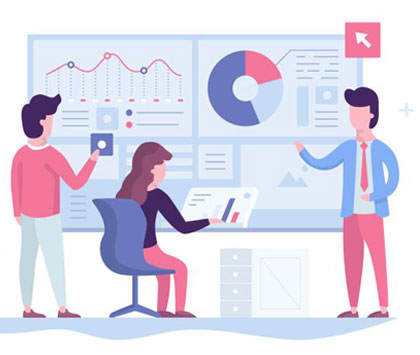
Why to choose Tech Cloud ERP’s Business Intelligence?
Our Business Intelligence tool meets your self-service and business analytics perfectly. Explore how industry-leading AI and continuous user-specific innovation help you to turn the data into visions across your business at scale.




In any business intelligence, Reporting is an introduction part that focus on visualizing the data with the different formats like graphs, tables, charts etc. Visualizations within the context of reporting are a graphical representation of data, the goal of which is to accurately present information in a form that is digestible to end users. Unlike in the past, visualizations are created for the reason of reporting were static, means data can’t be operated on the visualization itself. As the needs of business have changed over time, so reporting has too evolved. In this fast changing business cycles today, the more and more interactivity has become essential to take fast decisions.
Data manipulation, such as drilling down to different semantic layers of data, slicing and dicing of information through sorting and filtering, and a vast array of others, which in the past was reserved only for technically experienced data analysts and scientists, can now be put in the hands of non-technical end users either through an external tool or within an application itself.
In recent years, end user interactivity has been taken a step further with adhoc reporting. Adhoc reporting allows end users to create reports from scratch as well as further edit and manipulate pre-built or canned reports. The ability to create, edit and save reports for future use has empowered end users more than ever before allowing for quicker visualization of pertinent business data.
More advanced reporting systems allow for paginated reports, pixel perfect reports, as well as a variety of delivery methods meant to make development teams and administrative staff’s life easier. Paginated reports are reports that are separated into different pages allowing them to be easily printed. Pixel perfect reports are reports where each individual element of the report can be customized down to the pixel level in both size and location and are often used for situations which require detail perfect reports such as tax or regulatory documents.
Another large part of reporting is the ability to deliver reports in a variety of different formats, such as the ability to export to .pdf, .csv or excel, send via email, or upload to FTP as well as many others. The ability schedule reports to run at a given time or time period is also an important feature which allows teams to run and send reports without manual creation or intervention. Report bursting is another essential feature of enterprise reporting where a single report can be sent to multiple users with different levels of data permission allowing them to receive a report customized to the data they need to are allowed to see, this saves the time and energy needed to create individual reports for every person with a different permission set.
The Goal of Reporting in BI
Any business intelligence goal should be defined as enabling the ability to see, analyze, understand and make critical decisions on data. The goal of business intelligence reporting is to enable end-users to observe detail level data in a way that it can be analyzed and understood giving users the ability to turn data into actionable information.
An example of this in action would be a simple sales report. A sales report may include rows that present the different names of account managers or sales representatives and columns which present different sales data such as total orders to date, units sold, units shipped, total revenue, a percentage of quota attained to date. If a report is created in a way which allows for easy analysis the data presented in this report can be analyzed for decision-making purposes, allowing for a sales manager, for example, to discuss potential future orders with reps that have low revenue to date.
Reporting is an early step in the process of data processing. It presents data in an interactive fashion to turn it into actionable information. There can be many levels of interactivity within a report such as the ability to drill down, sort, and filter, as well as additional capabilities such as self-service editing which allows you to further explore your data for more insights. Business intelligence reporting is most beneficial when it is designed to help track and measure your strategic business goals. Other use cases for reporting tools include tracking key performance indicators, maintaining regulatory compliance, or even measuring goals between different departments or applications.

The Benefits of BI Reporting
As mentioned the main goal of business intelligence reporting is to make data easy to understand so that accurate analysis can be efficiently carried out. Reporting is a necessary prerequisite of the analysis stage. BI collects and presents data that is ready to be analyzed. Data also includes historical information that cannot be traced over time. Business Intelligence reporting empowers the end-users with the information to become experts in their corresponding area of business. Also, underlying figures in reports can be presented to backup actions and explain decision making behaviors.
How Does BI Reporting Work?
Our report design tool, to distinguish elements such as data sources, display formats, graphics, filters and other options that are essential for report presentation. Our Enterprise Reporting solutions allow end-users to create reports and dashboards directly from web application interfaces using ad-hoc data resources specified by developers. Users are therefore given the ability to generate speedy data-driven decisions through building report components, collecting various data, and designing ad hoc reports.
Embedded BI Reporting
Tech Cloud ERP's embedded analytics solution features all the tools you would expect from an enterprise BI reporting solution, with the added ability to be embedded within other applications. The main use case of our report is to enable software vendors to embed analytics into their own applications. Software providers often provide embedded BI to their users as a competitive advantage by empowering users to analyze significant amounts of data on the fly with little to no help from IT.





